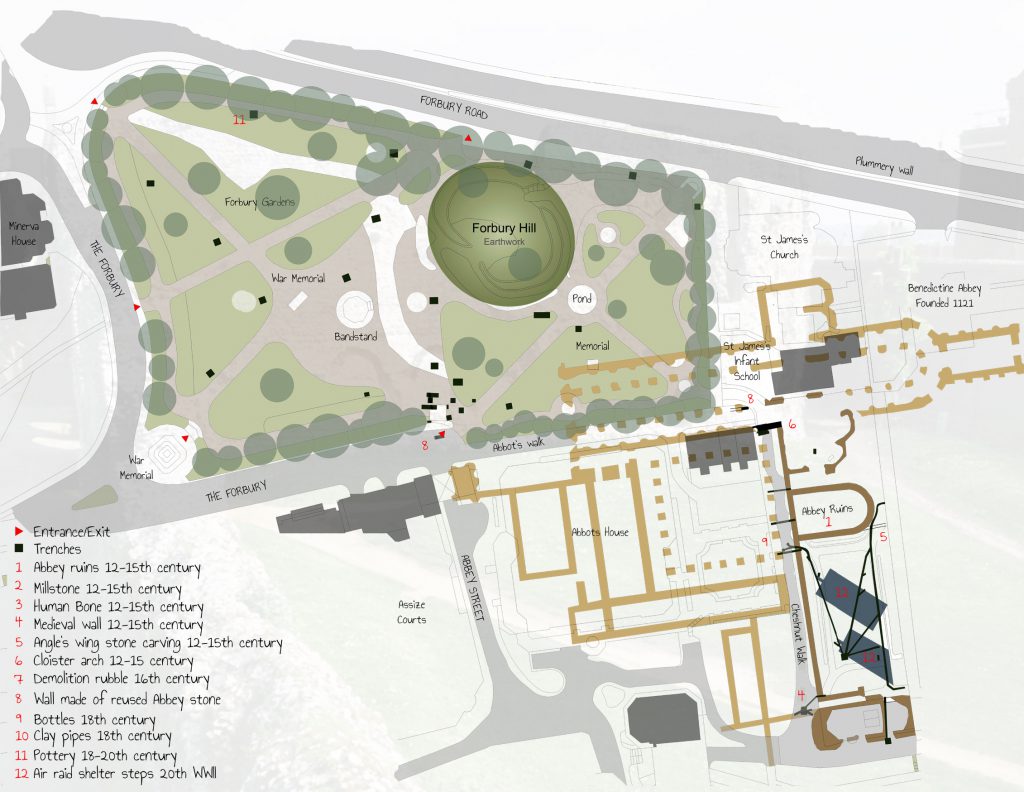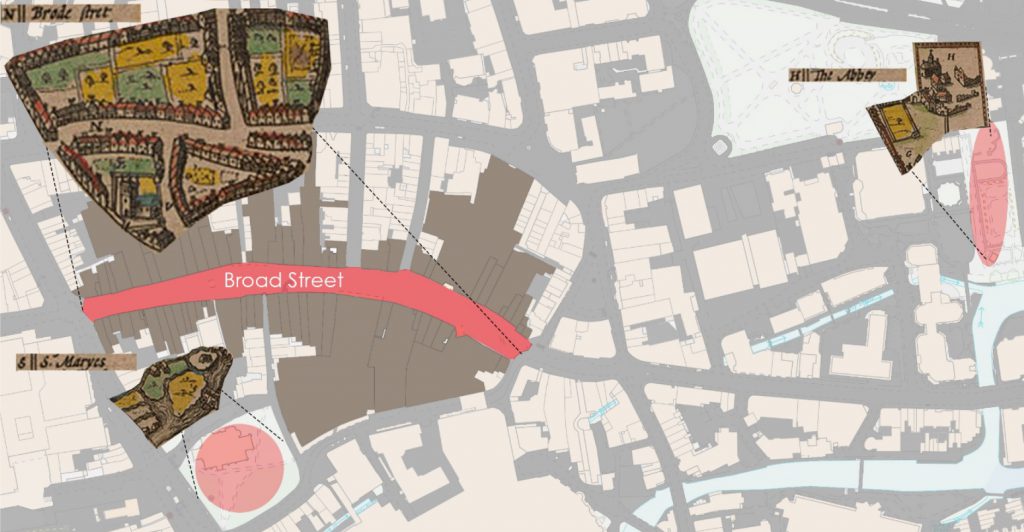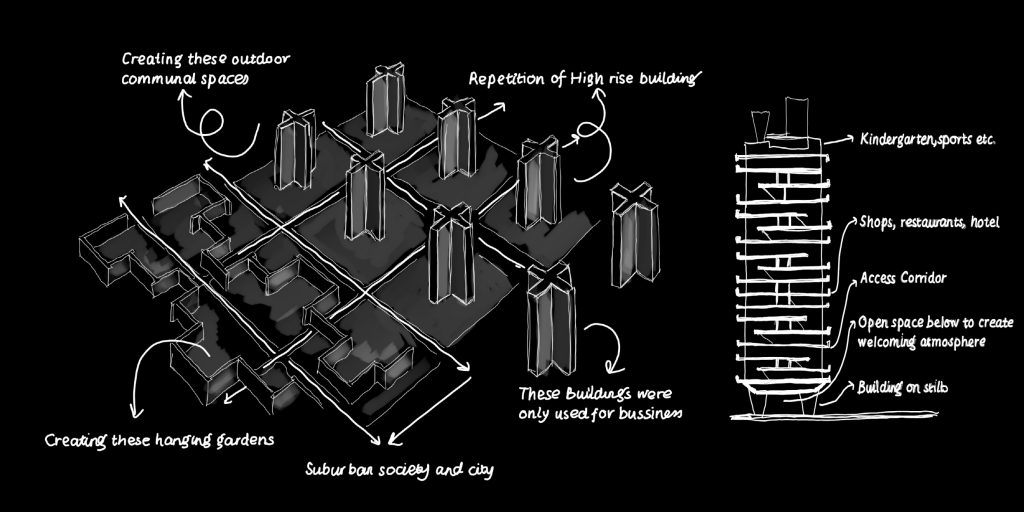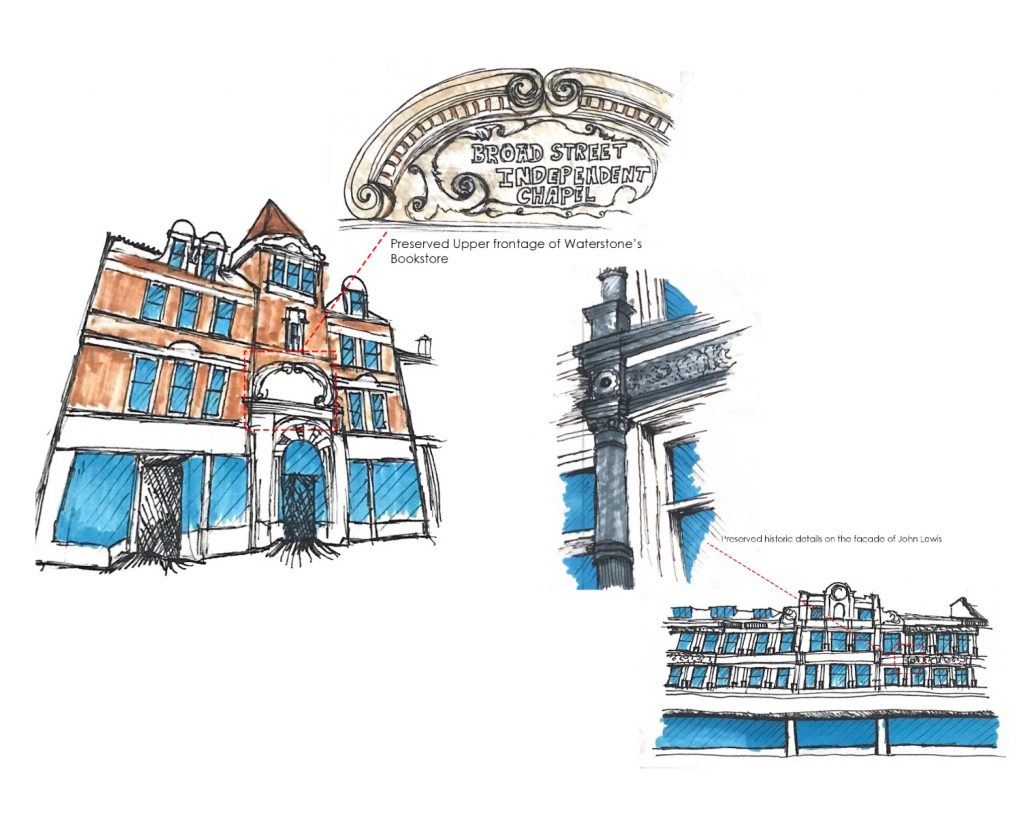SUPPORTING MODULE
History and theory
AA2HTC - BUILDING AND PLACES
The Autumn project, Faenza, investigated the properties of soup as a potential social condenser. Each working with a unique soup, linked to a global culture, students interrogated processes of soup making and consumption and reinterpreted them for deployment at the sensitive Abbey ruins site in Reading. What do towns and cities seek to import? What are the advantages? Can you control who / what comes? Should you? Town development plans, policies that determine what is permitted and what is not, what is actively discouraged and what is supported with funding and facilities shape both infrastructure and transient, presences and populations. What are the pros and cons of visiting new exhibitions, of new commuters, new pilgrims, new bands, new celebrities, new films, new drinks, new menus, new soups….? How long would you want these many ‘visitors’ to stay? Which parts of the economy might they inflate? What are the related costs? Tidying up, for example, coach parks, public toilets, tourist centres, emergency provisions? £300,000 worth of tents were left behind by (too?) wealthy festival goers after last-years Reading Festival. What effect do such imports have on regular local bands, local artists, local soups? What are the cultural consequences of consuming?
Module Convenor: Oliver Froome-Lewis
Design Studio Team: Oliver Froome-Lewis, Negin Ghorbhani, Mike Kane, Sayan Skandarajah, Michelle Tomlinson
Visitors: Gillian Horn, Tim O’Callaghan, Penélope Plaza
Second Year History and Theory focuses on the links between architecture, cities, and the larger social, cultural and environmental factors that shape them, with strong thematic links to the design studio work. The first term lectures focus on housing in the UK from the 18th century to today, with topics ranging from the legacies of terraced housing and speculative development, to the development of social housing, to more current concerns around density, gentrification, and the housing crisis. The second term lectures look at the broader historical development of cities and landscapes from the Ancient World up to the present day, emphasising understandings of urban morphology, the evolution of public space, and the changing relationship between urban development and nature.
Alongside the lectures, students keep a weekly journal to record lecture sketches, written reflections, case studies and reading responses. A formative Critical Housing Essay over the Christmas break then leads to the final Urban Layers Essay, where students research an urban case study within Reading and trace its evolution over time, analysed through the lens of a particular urban thinker or theory.
Module Convenor: Stephen Gage
Internal Collaborators: Gillian Horn
Submission Highlights
Daryl Cother, To What Extent has the Function of the Oracle Changed and how does this Express a Shifting Paradigm in Urban Spaces.
Andre Deen-Swaray, The role of the Hexagon Quarter in the development of Reading’s Civic Culture and Social Character through the lens of Whyte’s ‘Social Life of Urban Spaces’.
Amber England, To What Extent Does Reading Abbey align with Rossi’s view on the significance of historical architecture in constructing and sustaining the collective memory of the city?
Bupesh Hirani, Does the development of Forbury Gardens support the principles presented in ‘Landscape urbanism’ by Charles Waldheim.
Dennis Karolev, The Locus of the Oracle.
Tracy Kong, The Revival of The Kennet and Avon Canal’s Ecosystems – McHarg’s Ecological Approach.
Raychelle Lemi, The Pedestrianisation of Broad Street and the Effect of Changing Public Spaces in City Centres.





